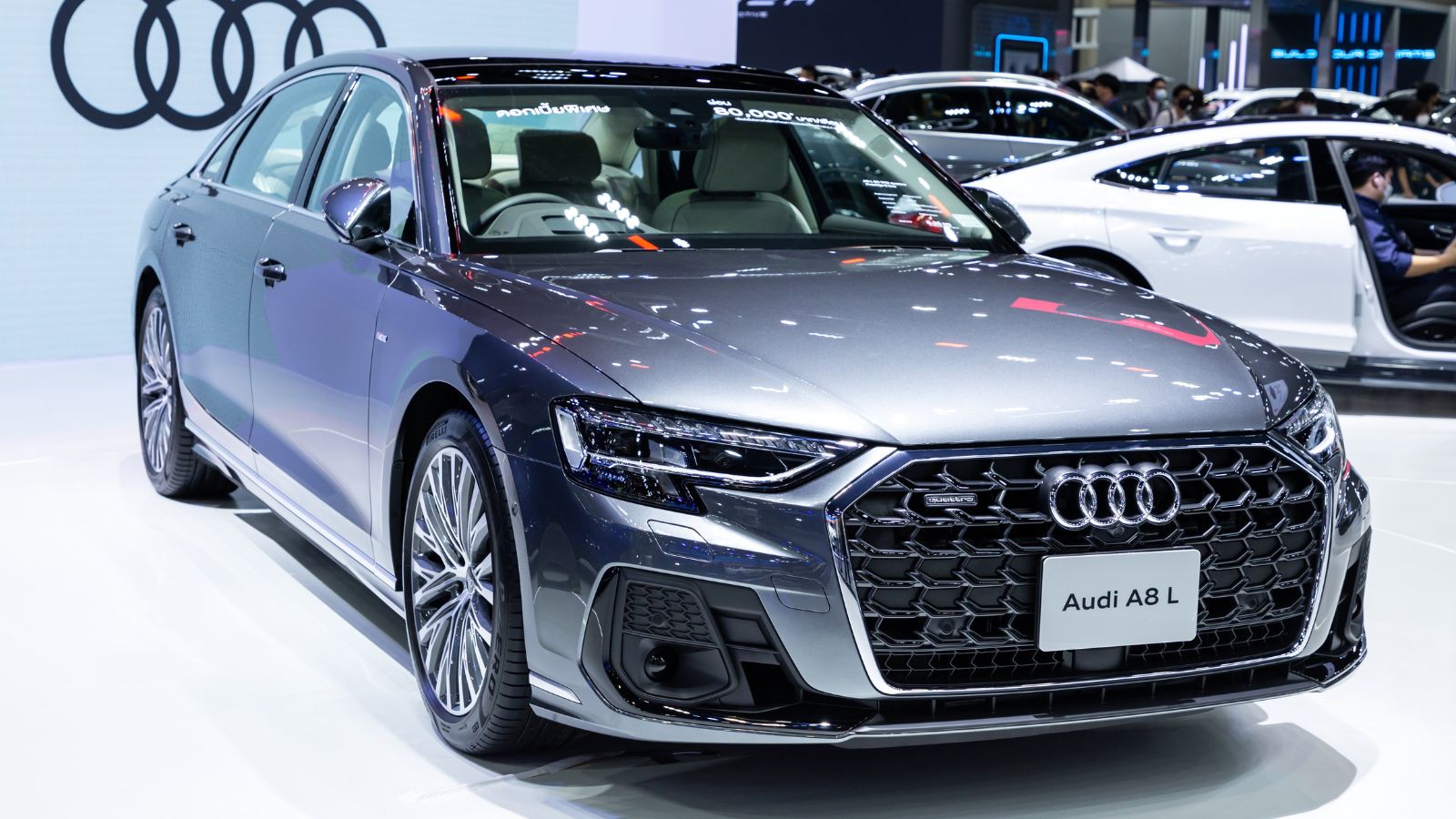Every car enthusiast dreams of owning something fast, stylish, or technologically advanced—until it breaks down. Some cars are a joy to maintain, with accessible parts and straightforward engineering. Others, however, seem to have been designed by engineers who never intended anyone to actually fix them. From cramped engine bays to impossible electronics, these cars test the patience of even seasoned mechanics. Based on owner experiences and industry feedback, here are eight of the most difficult cars to work on or repair.
BMW 7 Series (E65 and E66)

The early 2000s BMW 7 Series remains infamous among both owners and technicians. It introduced cutting-edge technology like the iDrive system, adaptive suspension, and electronic everything—but that innovation came with a price. The 7 Series hides vital components behind layers of panels, sensors, and modules. Even a simple battery replacement requires special programming. Owners report that everything from transmission service to suspension repair is a complex, expensive ordeal. It drives beautifully, but when something goes wrong, you’ll wish it didn’t.
Audi A8

Audi’s flagship luxury sedan is a masterpiece of German precision and a nightmare for anyone holding a wrench. The A8’s aluminum space frame construction makes it lightweight and strong but also extremely difficult to repair after even minor damage. Many components under the hood are tightly packed, forcing mechanics to remove the entire front end for simple jobs like timing belt replacement. Add in Audi’s notoriously complicated electrical systems, and you have one of the most intimidating cars to service outside of a dealership.
Mercedes-Benz S-Class

Mercedes’ S-Class models have always been showcases of technology, often debuting features years ahead of their time. Unfortunately, those features also make the car incredibly complex to maintain. Air suspension, multi-zone climate control, dozens of control modules, and miles of wiring create endless opportunities for faults. Simple repairs can require removing entire subassemblies, and diagnostics often demand factory tools. While the S-Class defines luxury on the road, it’s also one of the most labor-intensive cars once it reaches the workshop.
Subaru WRX STI

Subaru’s rally-bred hero is adored for its all-wheel-drive grip and turbocharged punch—but owners quickly learn it’s not a friendly car to wrench on. The boxer engine sits low and wide, making access to spark plugs, turbos, or headers incredibly tight. Basic maintenance often means removing the engine entirely. Turbo heat, oil leaks, and head gasket issues compound the challenge, turning even routine service into a half-day project. It’s a car built to perform, not to please mechanics.
Mini Cooper S

Cute, sporty, and fun to drive, the Mini Cooper S hides a frustrating secret: it’s one of the most difficult compact cars to repair. The engine bay is packed so tightly that simple tasks like changing a thermostat or alternator can require removing the entire front bumper. The combination of BMW engineering and British layout quirks means everything is more complicated than it should be. Many owners love the Mini’s character but admit that working on it often feels like solving a mechanical puzzle.
Nissan 300ZX Twin Turbo (Z32)

The 1990s Nissan 300ZX Twin Turbo is a legend of Japanese performance—and a legend among mechanics for its complexity. The twin-turbo V6 is crammed so tightly under the hood that even checking vacuum lines can feel impossible. Accessing the turbos or intake manifold requires hours of disassembly. The cooling system and electrical layout are equally cramped, leading many owners to describe repairs as “surgery.” It’s a fantastic car to drive, but maintenance is not for the faint-hearted.
Porsche Cayenne

When Porsche entered the SUV market, it created one of the most capable and luxurious performance SUVs ever built—but also one of the hardest to maintain. The first-generation Cayenne shares much of its DNA with the Volkswagen Touareg, but Porsche added layers of complexity with advanced electronics, air suspension, and tight engine packaging. Changing spark plugs can take hours, and coolant leaks often require removing the intake manifold. Repairs are expensive, and parts are hard to reach. It’s a dream to drive and a nightmare to service.
Jaguar XJ (X350 and X358)

The aluminum-bodied Jaguar XJ from the mid-2000s offered stunning looks and silky performance, but reliability and repair complexity plagued ownership. The air suspension, intricate wiring, and limited engine access turn even minor repairs into major operations. Many owners report electrical gremlins that can take days to diagnose. With tight packaging and aging components, even experienced Jaguar specialists admit these cars can be maddening to work on. It’s a classic example of British elegance paired with engineering overcomplication.
When Style and Innovation Come at a Price

These cars prove that engineering brilliance and maintenance simplicity rarely go hand in hand. The same features that make them luxurious, fast, or advanced often make them repair nightmares. Whether it’s the tight quarters of a turbocharged engine bay or the fragile electronics of a luxury flagship, each of these vehicles demands patience, skill, and often deep pockets. They remind us that in the world of cars, beauty and complexity sometimes come with a heavy wrenching cost.
25 Facts About Car Loans That Most Drivers Don’t Realize

Car loans are one of the most common ways people fund car purchases. Like any other kind of loan, car loans can have certain features that can be regarded as an advantage or a disadvantage to the borrower. Understanding all essential facts about car loans and how they work to ensure that you get the best deal for your financial situation is essential. Here are 25 shocking facts about car loans that most drivers don’t realize:
25 Facts About Car Loans That Most Drivers Don’t Realize
